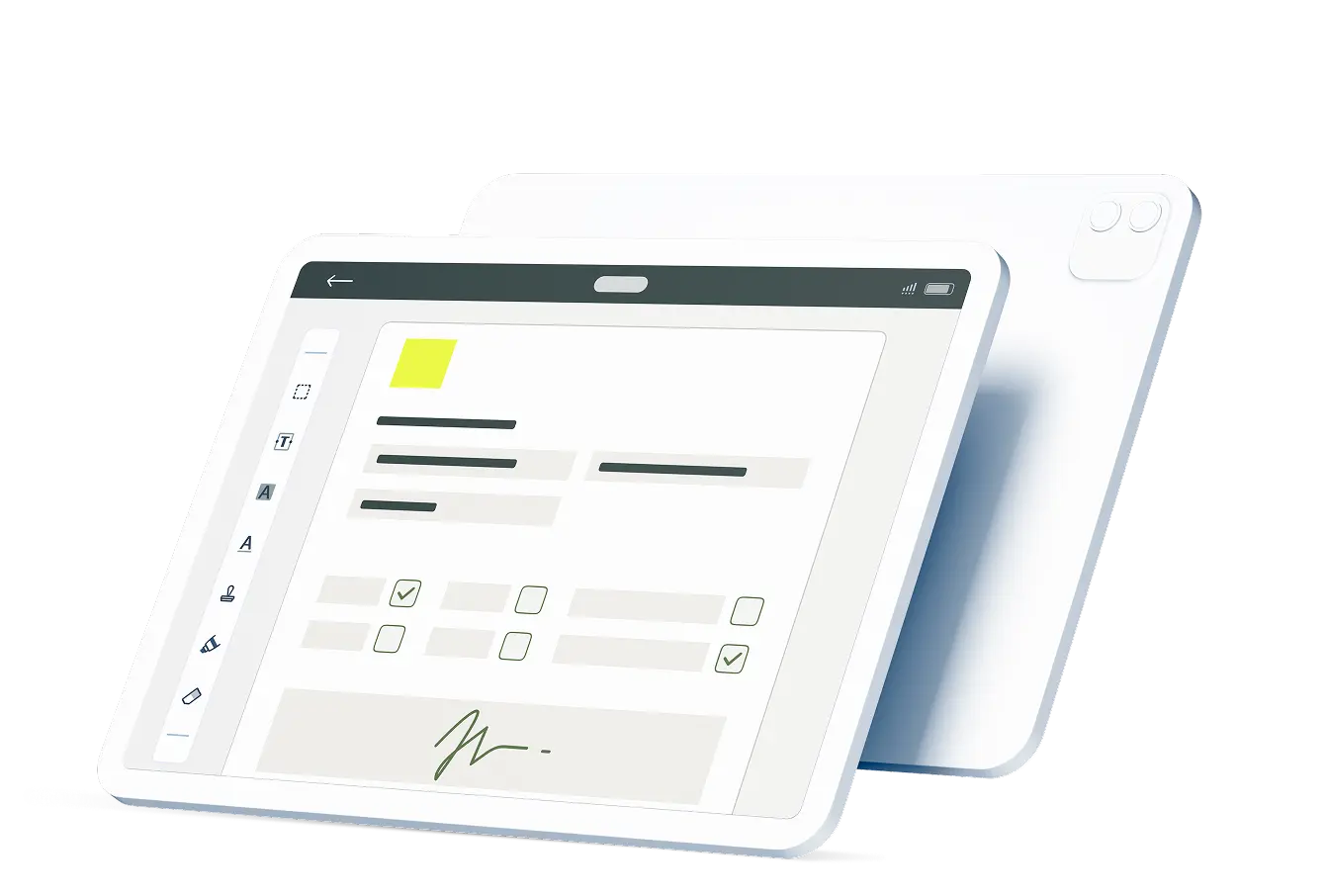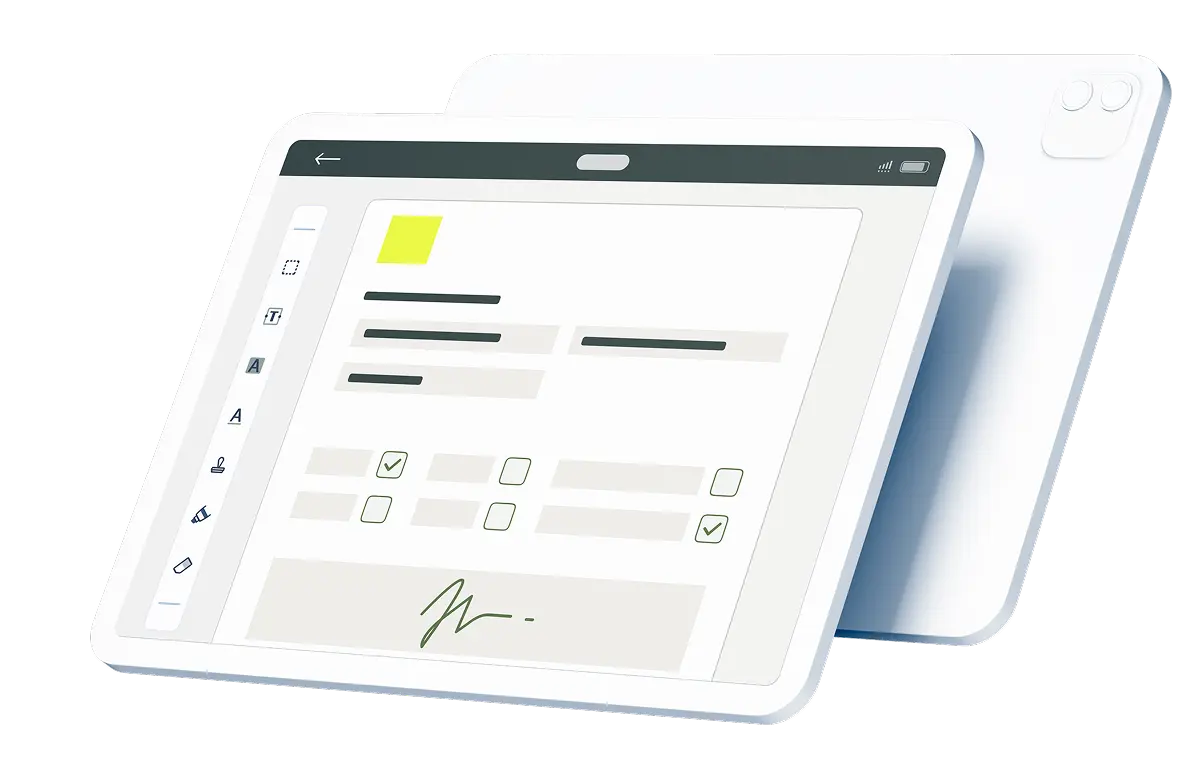Whether you are designing a new product or service, adding a new feature to an existing offering or otherwise planning something new, you will need to gather requirements. These should be encoded in a requirements document. However, the process of gathering requirements can be challenging, especially if you don’t have a well-defined workflow and effective requirements document template.
Contents:
Requirements Documents
A requirements document is a document that helps to codify the functional and non-functional requirements that a project must satisfy. Typically, these documents are written when creating a new product, service or feature. Additionally, they may be used to describe the needs of other projects such as designing new business processes. They are used as guides and controls when completing the described projects.
In many cases, requirements documents describe the minimum requirements for a project. In other words, the document may be used to translate a grand vision for a project into a subset of possible features and characteristics that will serve as the minimum viable specification of the project. This is not always the case, however. Some requirements document also describe “nice-to-have” features.
A requirements document template is a document structure and set of questions and discussion points intended to help with gathering and recording the requirements. It functions as both a layout template and a document management requirements checklist.
Many requirements documents include sections covering the goals of the project, user personas, user stories, functional requirements, non-functional requirements and any associated risks. However, the only required sections are those covering the requirements themselves.
The Requirements Gathering Workflow
The workflow for gathering and documenting requirements can vary somewhat depending on the type of project and the needs of the organization. However, in most cases, the workflow will map onto the following six steps:
- Review and Approve Requirements: For most teams, it is important to get approval from decision-makers before finalizing the requirements. Depending on your organization, this can be a simple process or a multi-step one. Having the right workflow and tools can help make approvals significantly easier.
- Decide What the Document Will Cover: Before starting to create a requirements document, you need to determine what questions it will cover. For example, will it include personas, risks, wireframes and goals? Will it only cover functional requirements?
- Set a Layout for the Document: Next, create a layout for the document. The easiest way to do this is with a requirements document template. Ideally, your workflow should include one or a few (if necessary) templates that you use repeatedly.
- Plan Questions About the Requirements: Create a list of questions that will guide your requirements gathering. This usually involves who, what, when and where. You may also want to ask how and why. There may be some project-specific questions you want to ask as well.
- Talk With Stakeholders To Gather Requirements: This is the main requirements gathering step. You will need to talk with all the relevant stakeholders to determine the requirements. This usually includes users, business leaders, financial professionals and others. Ideally, everyone who has an interest in the project should have input.
- Translate Gathered Requirements Into Document: As you are gathering requirements, you should be synthesizing them into written form in the document. They may be in flux throughout the gathering process, so it is a good idea to start with notes and sketches. Towards the end of the process, you may want to rewrite your requirements in a more formal and consistent format.
Challenges for the Requirements Gathering Process
It is probably no surprise that requirements gathering can be challenging. In fact, it can be one of the most challenging parts of many projects. If the requirements are gathered and described effectively, many of the other stages become much simpler. However, some of the challenges that can arise in this early stage may also have significant implications later on.
Perhaps the most significant challenge is ensuring that the requirements are sufficiently inclusive. They do not need to be completely comprehensive in most cases. In fact, trying to cover every single requirement for the project may actually inhibit success. However, they should cover all the most important areas of concern. If there is a characteristic that your project must have to be successful, it should be identified at this stage. Another challenge is ensuring that the requirements gathering process is timely. This is especially difficult if you do not have an established workflow for requirements gathering. A defined process, effective software and solid requirements document template can help.
Finally, many teams face difficulties with insufficiently documented requirements. In other words, if a requirement is described in a vague, incomplete or confusing way, it can lead to trouble down the road. With the right document management requirements checklist, you can ensure that your team fully captures the relevant information for each requirement.
There are many other challenges that may arise, many of which are project- and organization-specific. However, the above three are the most commonly experienced issues.
How the Right Requirements Document Template Can Help
Frequently, requirements gathering is significantly easier if you have a consistent workflow. This should be grounded on a reliable template and effective software. A little planning and preparation can help to ensure the success of all your projects.
The above three challenges can all be mitigated and overcome with the right setup. A good template will help to ensure that you are always asking the right questions about any given requirement. Additionally, it can help you to stay organized and timely.
Furthermore, having a good document workflow system will make gathering your requirements easier. This is especially valuable when you need to get input from multiple sources such as during the stakeholder interviews and approval process. Again, being organized around a consistent workflow will help to avoid many of the most common requirements pitfalls.
Enhance Your Document Workflows With Fluix
Discover what you could achieve with a better requirements documentation workflow. Fluix is a document workflow management tool that makes it easier to collect data, create documents, organize processes and get work done. Plus, it is mobile-friendly, meaning you can take all your documents on the go, no matter where your work takes you. Get started today and see what you could achieve with Fluix.

